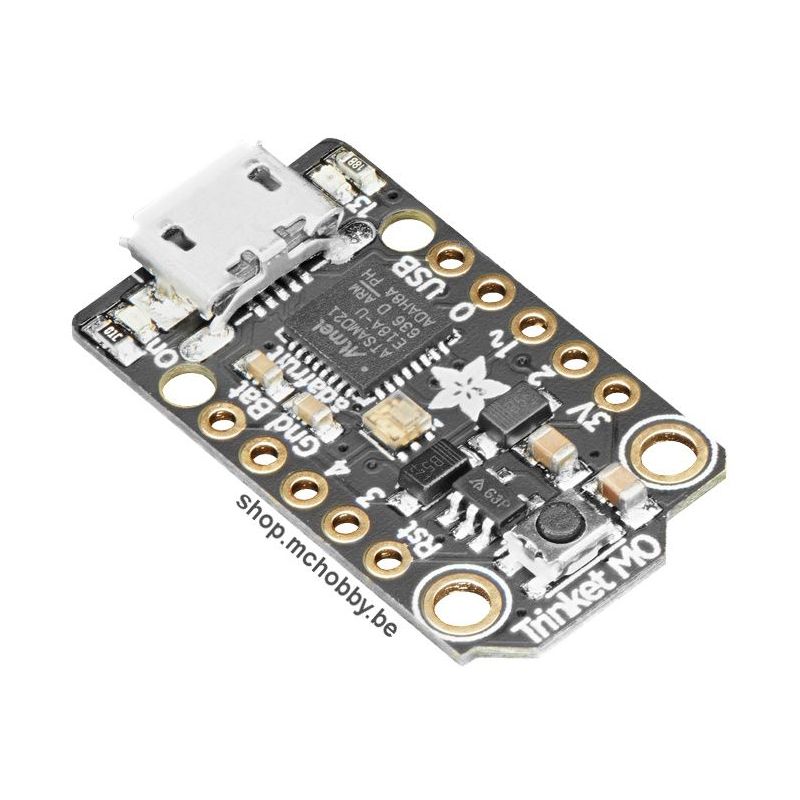


We designed a USB bootloader so you can plug it into any computer and reprogram it over a USB port just like an Arduino.

The Attiny85 is a fun processor because despite being so small, it has 8K of flash, and 5 I/O pins, including analog inputs and PWM ‘analog’ outputs. It’s our lowest-cost arduino-IDE programmable board! Perfect for when you don’t want to give up your expensive dev-board and you aren’t willing to take apart the project you worked so hard to design. We wanted to design a microcontroller board that was small enough to fit into any project, and low cost enough to use without hesitation. Trinket may be small, but do not be fooled by its size! It’s a tiny microcontroller board, built around the Atmel ATtiny85, a little chip with a lot of power. The circuit can be expanded into a number of useful projects.Īdafruit TRINKET – Mini Microcontroller – TRINKET 3.3V and TRINKET 5.5V versions. If you turn the potentiometer, the servo will rotate from zero to 180 degrees. A true hardware library would be best if one could be coded, although it would be limited to pins capable of hardware PWM (GPIO #1 and #4). The library is not ideal, in that servos must be refreshed periodically (see the Arduino site for an explanation). Fortunately the SoftwareServo library, available at, works well on any available pin (a hardware PWM (pulse width modulated) pin is not required). The standard Arduino IDE servo library will not work with 8 bit AVR microcontrollers like the ATTiny85 on the Trinket and Gemma due to differences in available timer hardware. This project demonstrates the use of a standard hobby servo with the Trinket. Tutorial – TRINKET (and GEMMA) Servo Control! The Adafruit Trinket’s small size makes it ideal for lightweight or small projects including robotics.


 0 kommentar(er)
0 kommentar(er)
